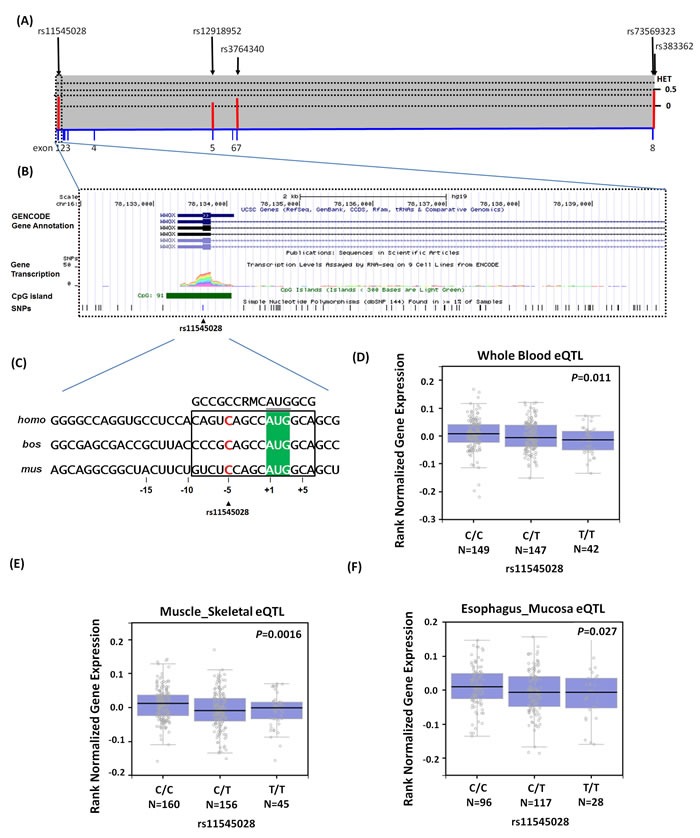Figure 1. Exon and intron structure of WWOX gene in human and the features of SNPs of WWOX gene (NM_016373.3), which were used to analyze in this study.

(A) Exons are shown by the filled blue boxes and are number 1 to 8 from the chromosome positions chr16:78,133,310 to 79,246,567 (reference genome GRCh37.p13). The lower panel shows population-specific heterozygosity frequencies of this polymorphism in East Asian population (HAPMAP-CHB); and the SNPs of WWOX gene are indicated by the black arrows and labeled reference SNP ID number. (B) Expanded view of the ENCODE data for the 5′UTR block containing the WWOX rs11545028 using UCSC genome browser on GRCh37/hg19 assembly. Chromatin State Segmentation track displays chromatin state segmentations by integrating ChIP-seq data using a Hidden Markov Model for H1 embryonic stem cells (color orange), HepG2 hepatocellular carcinoma cells (color green), HUVEC umbilical vein endothelial cells (color deep blue), HSMM (color blue), skeletal muscle myoblasts (color yellow), NHEK epidermal keratinocytes (color purple), and NHLF lung fibroblasts (color red). CpG islands are typically common near transcription start sites and may be associated with promoter regions. (C) Upstream open reading frames in WWOX transcripts of human (homo, NM_016373.3), cow (bos, NM_001078092), and mouse (mus, NM_019573.3) sequences shown in this alignment. Initiation codons of WWOX protein are highlighted by green background color. Consensus residues of the core Kozak context (residues at -9 or +3) are above this alignment in box, where M denotes A or C; R denotes A or G. (D-F) Expression quantitative trait locus association between rs11545028 and WWOX expression in (D) whole blood, (E) muscle skeletal and (F) esophagus mucosa (GTEx data set). Numbers in parentheses indicate the number of cases.
